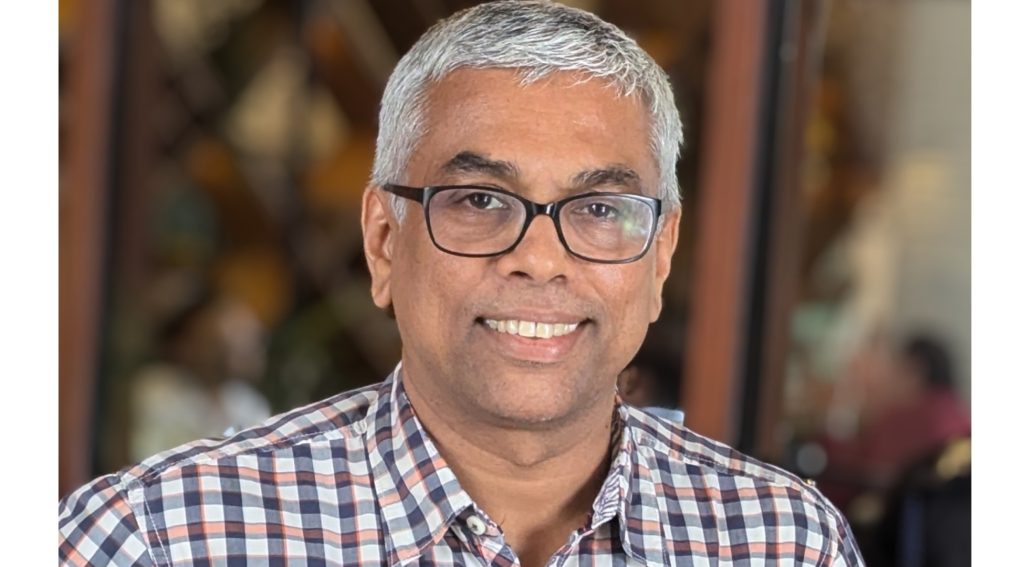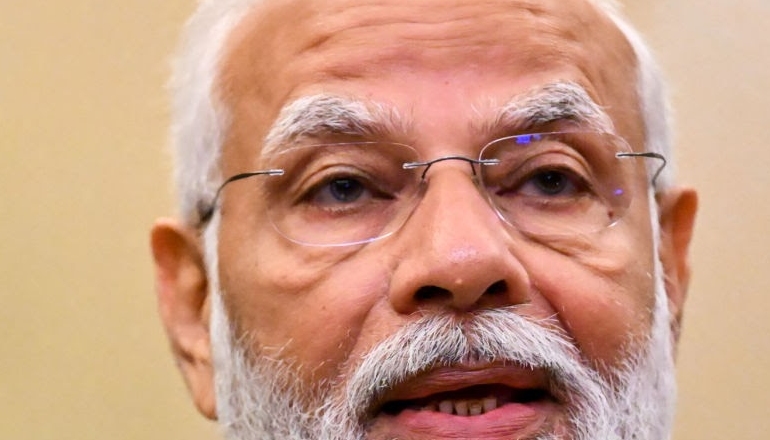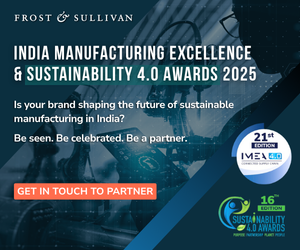Rajesh Vasudevan, Vice President EHS and ESG at Cipla, discusses the growing significance of sustainability and ESG in corporate strategy, focusing on the pharmaceutical industry. In an exclusive conversation with Renjini Liza Varghese, Chief News Editor, ESGnews.earth, he speaks about the significance of data-driven strategies and the integration of the entire supply chain into robust ESG initiatives. Edited excerpts:
To begin, can you name the top five ESG initiatives taken by the pharma industries in India, and perhaps give us a specific example from Cipla?
RV: Let me start with a declaration that the views expressed here are my personal views as a practicing sustainability professional.
Let me talk about what pharma industries are focusing on, or rather, what they should focus on. When we talk about sustainability, many industries primarily focus on greenhouse gas (GHG) emissions. While crucial, the full spectrum of sustainability is much broader. In my view, the top five initiatives should be:
Greenhouse Gas Emissions (GHG): This remains paramount as industries strive to reduce their carbon footprint.
Water Conservation: India is a water-stressed nation, with several states facing “Day Zero” scenarios like Cape Town. Significant initiatives are needed, especially in communities where industries operate. It makes more sense to have these conservation programs in the region where industries operate than conserving water in where we are not operating. The impact on the local communities where we operate is key.
Waste Management and Circular Economy: We generate a lot of waste, and the focus needs to be on not producing waste in the first place, and if we do, how to recycle or establish a circular economy. We should focus on reducing consumption rather than focusing on bringing waste to the circular economy after consuming it.
Renewable Energy Integration: Increasing the share of renewable energy or clean energy in our energy mix – be it solar, wind, or emerging technologies like modular nuclear reactors or green hydrogen – is vital. Many companies are already ahead of the curve in this regard.
Biodiversity Restoration: Initiatives to restore our biodiversity systems, such as macro and wetland restoration, are often overlooked but are incredibly important. Currently, biodiversity efforts are sometimes an add-on to water conservation projects rather than standalone initiatives.
That’s a comprehensive overview of the “E” in ESG. What about the “S” and “G” aspects within the Indian context, especially for pharma?
RV: Governance (“G”) is generally well-addressed in India due to regulatory compliance. Where pharma industries in India need to significantly improve is on the “S” part – the social aspect. This includes diversity, equity, and inclusion (DEI), and human rights. The strong regulatory environment ensures good governance, but the social dimension, beyond basic compliance, requires more focus. Large Pharma companies have really come a long way in improving their social scores, but there are more work to do on this.
You mentioned waste management. Can you share anything specific on waste management by Cipla?
RV: Absolutely. At Cipla, all 36 of our manufacturing sites in India are certified as “zero waste to landfill.” This means over 90% of our waste is diverted from landfills. Most of our sites are platinum certified. This certification process is transformative. It forces us to meticulously track waste from its generation to its disposal. It changes your entire perspective on waste; you see it as a resource.
For example, some of the waste from our sites is used as fuel in the cement industry. We sell it to them and even generate revenue. So, it’s a profitable “waste” rather than a cost. I always say, you shouldn’t call waste “waste.” It’s a resource.
That’s a powerful statement. It ties into the idea of circularity. Pharma has somewhat limited options for circularity due to direct product contact with medicines and strict regulatory compliance. Have you explored anything in the circularity space?
RV: You’re right, the regulatory and patient safety aspects make circularity for direct medicine contact very challenging, and it’s still an evolving area within the industry.
However, our focus extends beyond just the medicines themselves. When we aim for “zero waste to landfill” certifications, we are automatically pulling waste back into the circular economy. For instance, as I mentioned, our ETP waste goes to the cement industry. This is a clear example of circularity in action. We’ve also engaged in Extended Producer Responsibility (EPR) initiatives for plastics. While challenging for drug-contact materials, there are many other waste streams that can be part of a circular economy.
Let’s shift to the supply chain. SEBI is keen on cleaning up the supply chain. What measures have pharma companies taken to raise awareness among their third-party vendors, especially given the extensive supply chain landscape in India and abroad?
RV: The most challenging aspect is partnering with our supply chain partners and bringing them up to our level of sustainability. Large companies have the bandwidth and financial ability to drive these initiatives. The real challenge lies with smaller companies, where the return on investment for sustainability might not be immediately obvious.
For example, renewable energy reduces energy costs, which is a financial benefit, but these smaller companies might already be doing energy conservation simply for financial reasons without recognizing the GHG reduction.
Sustainability is a good business. A financial payback approach is not the right metric for organisations to consider when it comes to sustainability. Simply because just like in safety we cannot put a value to loss of human life and calculate payback, we cannot quantify benefits on sustainability with a payback approach. Sustainability is for a larger purpose. Protecting Planet that eventually will protect our future generations. “Seeing is believing,” and that’s the approach most pharma companies are taking to bring their supply chain partners onboard. It’s not about imposing, but about clarity and demonstrating the “what’s in it for them.” If we can convince them that we are preparing them for the future, not just the here and now, that shift in narrative will change their behavior.
Regarding the current level of compliance, pharma industries have actually leapfrogged quite a bit. Many Indian pharma companies are featured in the Dow Jones Sustainability Index (DJSI), which indicates a strong focus on sustainability, whether driven by commitment or compliance. As long as things are getting done, that’s what matters.
This is the first part of our exclusive interview; the second part will follow next Monday.













Great